NDO - Boi Khe Pagoda (Tam Hung Commune, Thanh Oai District, Hanoi) is one of the most famous ancient pagodas in the Northern Delta region, with valuable values in architecture, history, culture... On February 7 (January 10, 2025), Thanh Oai District held a ceremony to receive the Certificate of National Special Monument ranking for Boi Khe Pagoda.
Attending the ceremony were comrade Pham Quang Nghi, former member of the Politburo, former Secretary of the Hanoi Party Committee.
Boi Khe Pagoda, whose Chinese name is Dai Bi Tu, is located in Tam Hung Commune, Thanh Oai District (Hanoi). It is a typical religious, belief, and architectural work, built during the Tran Dynasty on the bank of Do Dong River.
The pagoda is associated with Zen Master Nguyen Binh An, revered by the people as Duc Thanh Boi, who contributed to spreading Buddhism and building spiritual and cultural life for the people.
Boi Khe is one of the most ancient and valuable pagodas in the Northern Delta, with special values in history, culture, and architectural art.
The pagoda retains many traces from its inception. The pagoda also preserves the lotus stone pedestal of the Tran Dynasty, the Garuda bird carved in wood at the top of the upper hall, stone lampstands, statues and bricks from the Mac Dynasty, and statues from the Le Dynasty with very high artistic value.
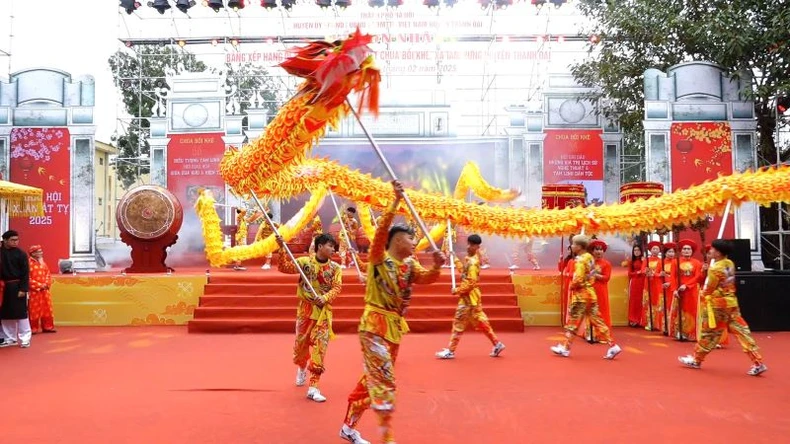 |
Thanh Oai district residents perform dragon dance at the ceremony to receive the National Special Monument Certificate for Boi Khe Pagoda. |
Especially in the Holy Temple, the structure is in the style of overlapping 2 floors with 8 curved roofs supported by a system of dou-cong, a masterpiece of plastic art.
Boi Khe Pagoda is a place of worship in the form of "Buddha in front, Saint behind" (like Thay Pagoda in Quoc Oai district, Hanoi; Keo Pagoda in Thai Binh...), in front is the place to worship Buddha, in the back is the place to worship Saint Boi Nguyen Binh An.
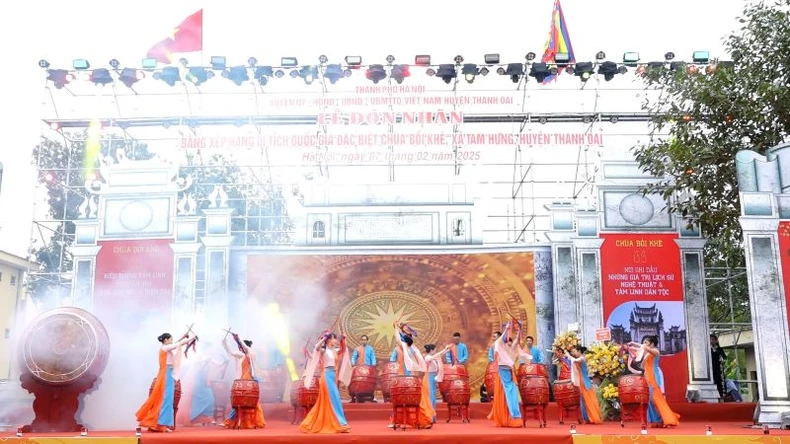 |
Drum performance at the ceremony to receive the certificate of ranking as a special national monument for Boi Khe pagoda. |
Saint Boi Nguyen Binh An was from Boi Khe village, became a Buddhist monk at a young age. Later, he went to Tram Gian pagoda (Quang Nghiem Tu) in Tien Lu village (Tien Phuong commune, Chuong My district) to practice and attain enlightenment there. After he entered prison, the two villages of Boi Khe and Tien Lu (Tu Bich area) became brothers until today.
The sanctuary of the Holy Temple is one of two rare ancient architectural works in the form of fortification architecture in 17th century Vietnam.
Boi Khe Pagoda exists today as a "living museum" containing all the architectural and artistic styles of feudal dynasties (from the Tran to the Nguyen dynasties).
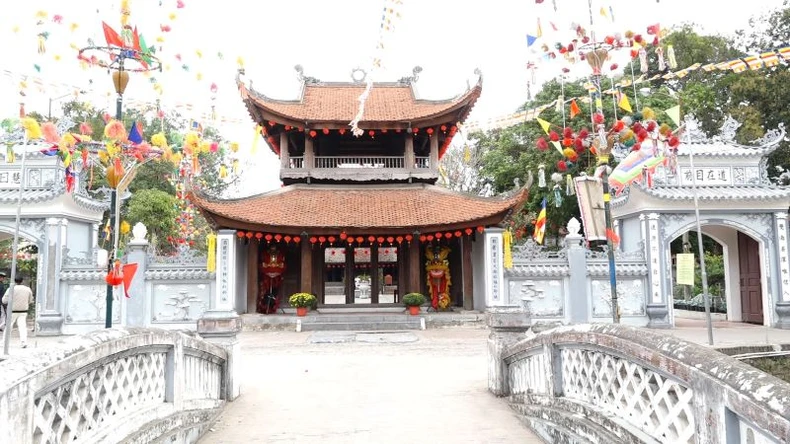 |
Boi Khe Pagoda is one of the most ancient and valuable pagodas in the Northern Delta, with special values in history, culture, and architectural art. |
In addition, the pagoda also preserves a system of quite unique relics dating from the Tran to Nguyen dynasties, demonstrating the periods of development of Vietnamese sculpture and fine arts.
During the resistance war against the French, Boi Khe Pagoda was one of the locations for guerrillas to operate against the enemy. The Boi Khe Pagoda tunnel was dug under the direction of Comrade Vu Song, Secretary of the Ha Dong City Party Committee (former) in January 1948, with three main passages leading to the Buddha temple of Boi Khe Pagoda. The large-scale tunnel system, used to transport troops underground, was a solid defense. Currently, the tunnels in the commune and neighboring communes have all been sealed, only the tunnel in Boi Khe Pagoda still retains a door and a tunnel about 7m long.
In this historic bunker, Boi Khe villagers thrice defeated French colonial attacks, killing a total of 372 enemies.
Associated with Boi Khe Pagoda is a system of famous relics such as the church of the two-country champion Nguyen Truc, the church of Le Huy Tram... contributing to making the relic an ideal tourist destination for visitors inside and outside the district.
The Boi Khe Pagoda festival is held on January 12 every year.
The Boi Khe Pagoda Festival is quite large in scale, following the customs and traditions, imbued with national identity, ensuring a civilized lifestyle. The ceremony includes a procession of saints, a procession of literature, and a procession of objects. The festival includes many cultural activities and rich folk games.
Boi Khe Pagoda Festival not only attracts children of the village living far from home but also attracts visitors from all over the country.
Boi Khe Pagoda was recognized as a National Architectural and Artistic Relic in 1979 and was ranked as a Special National Relic by the Prime Minister on January 17. This is the first special national architectural and artistic relic of Thanh Oai district.
Thanh Oai district currently has 266 relics, of which 149 are ranked historical-cultural relics, with 71 ranked historical-cultural relics at the national level and 78 ranked at the city level. The district has Binh Da Festival recognized as a National Intangible Cultural Heritage, along with a system of relics with long-standing and unique cultural and historical values. These are priceless heritages imbued with national cultural identity, crystallizing the wisdom, spirit and traditions of the people through historical periods.
Source: https://nhandan.vn/chua-boi-khe-ha-noi-don-nhan-bang-xep-hang-di-tich-quoc-gia-dac-biet-post859088.html


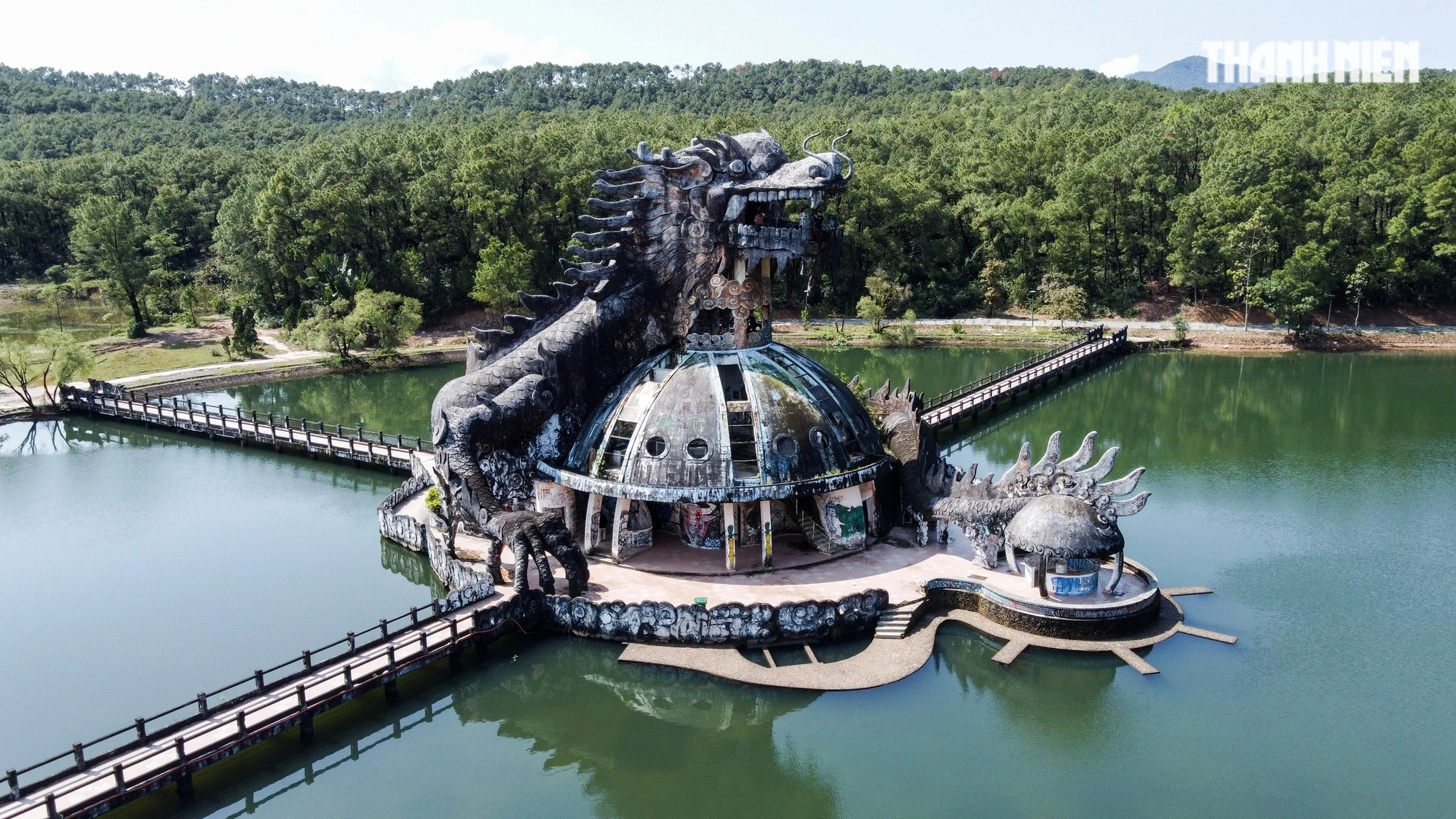

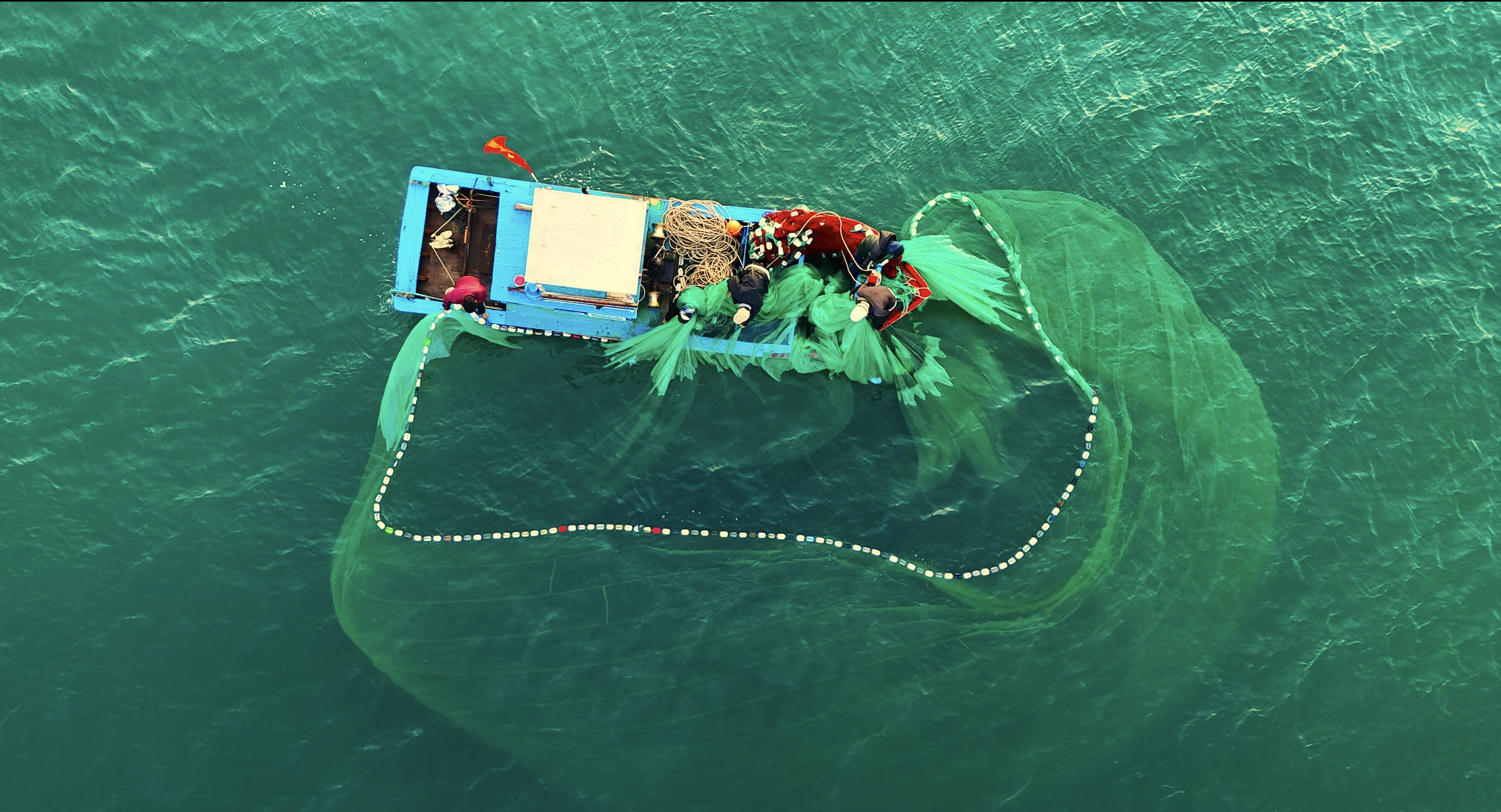
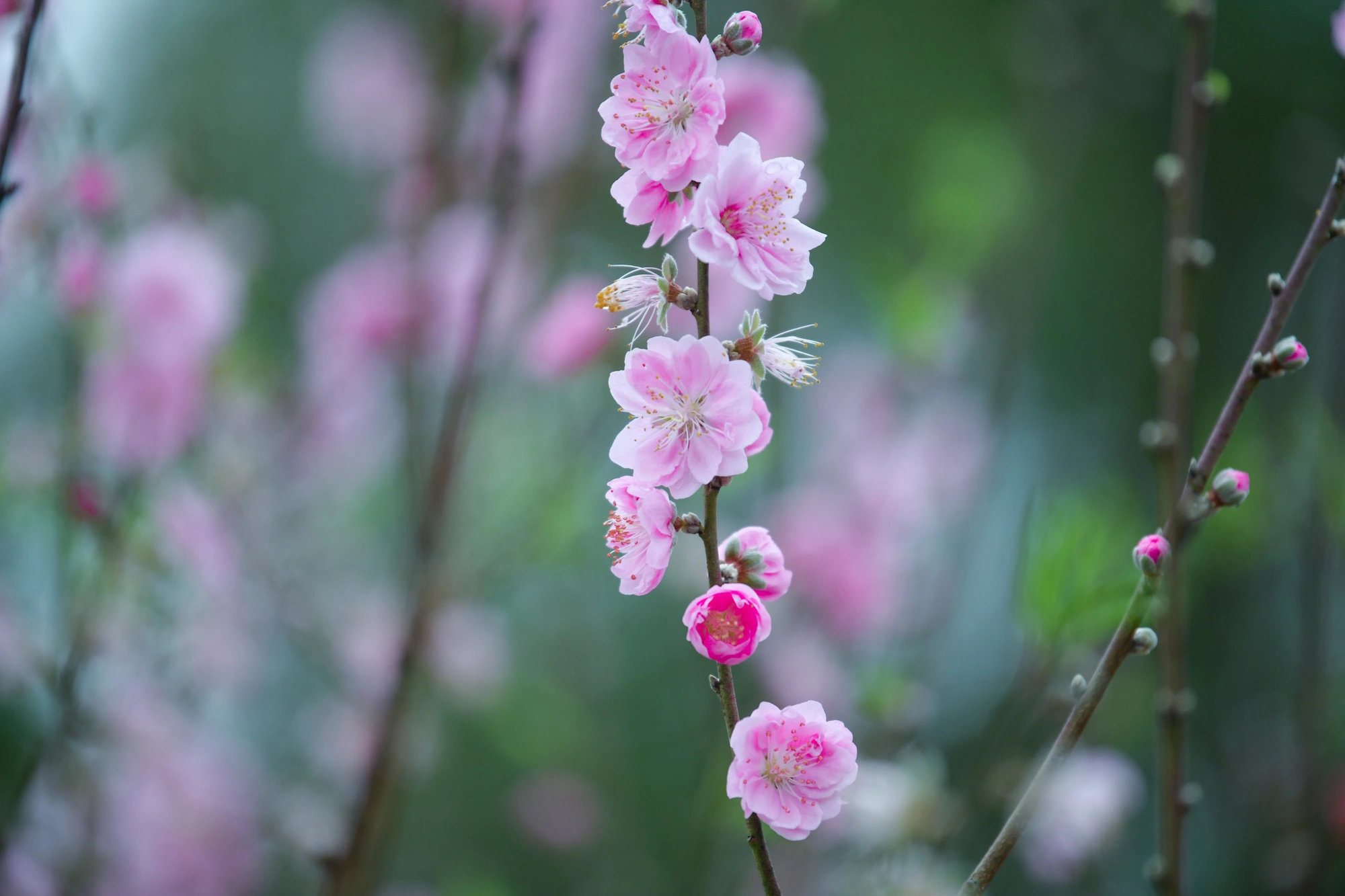
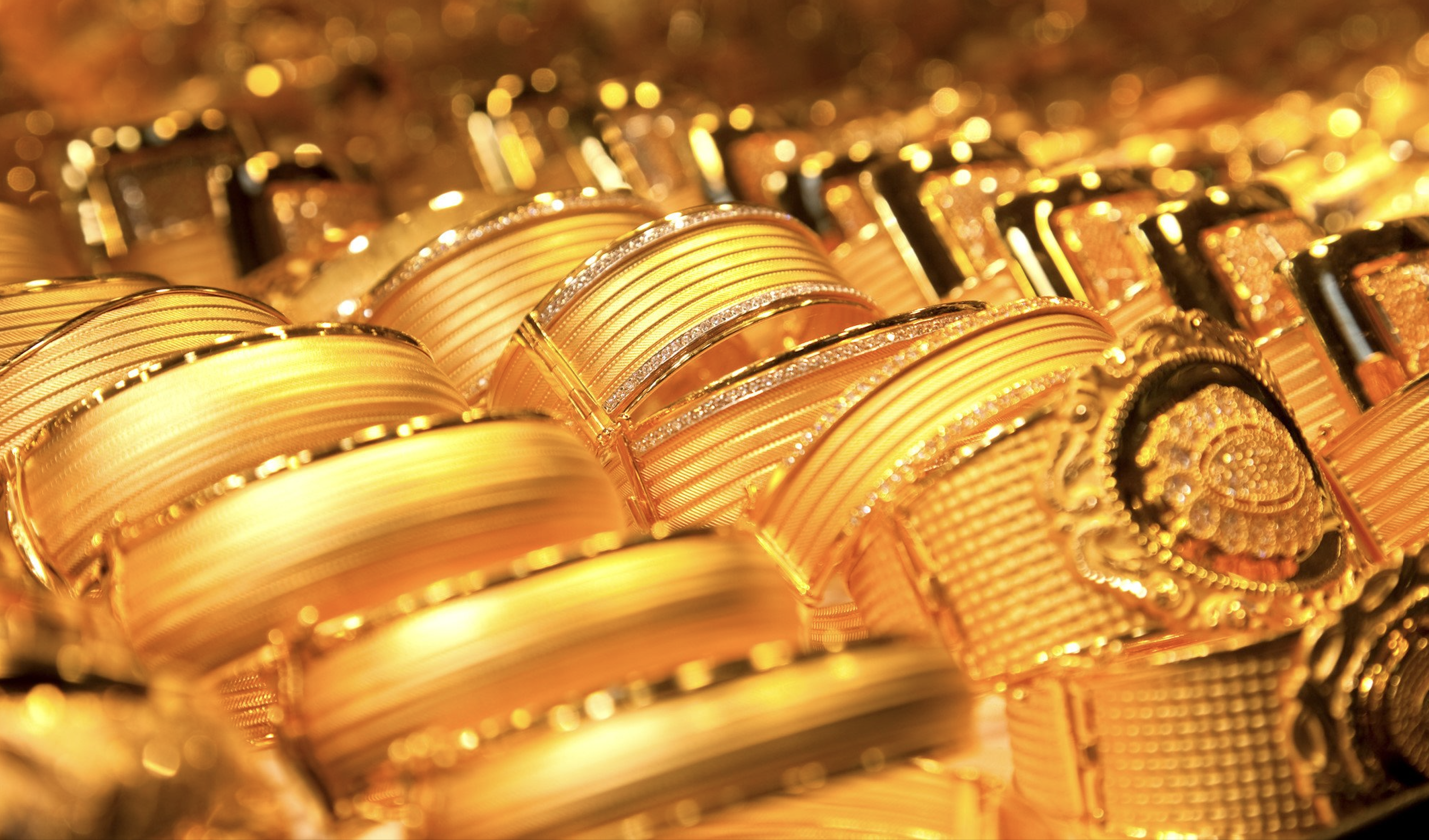
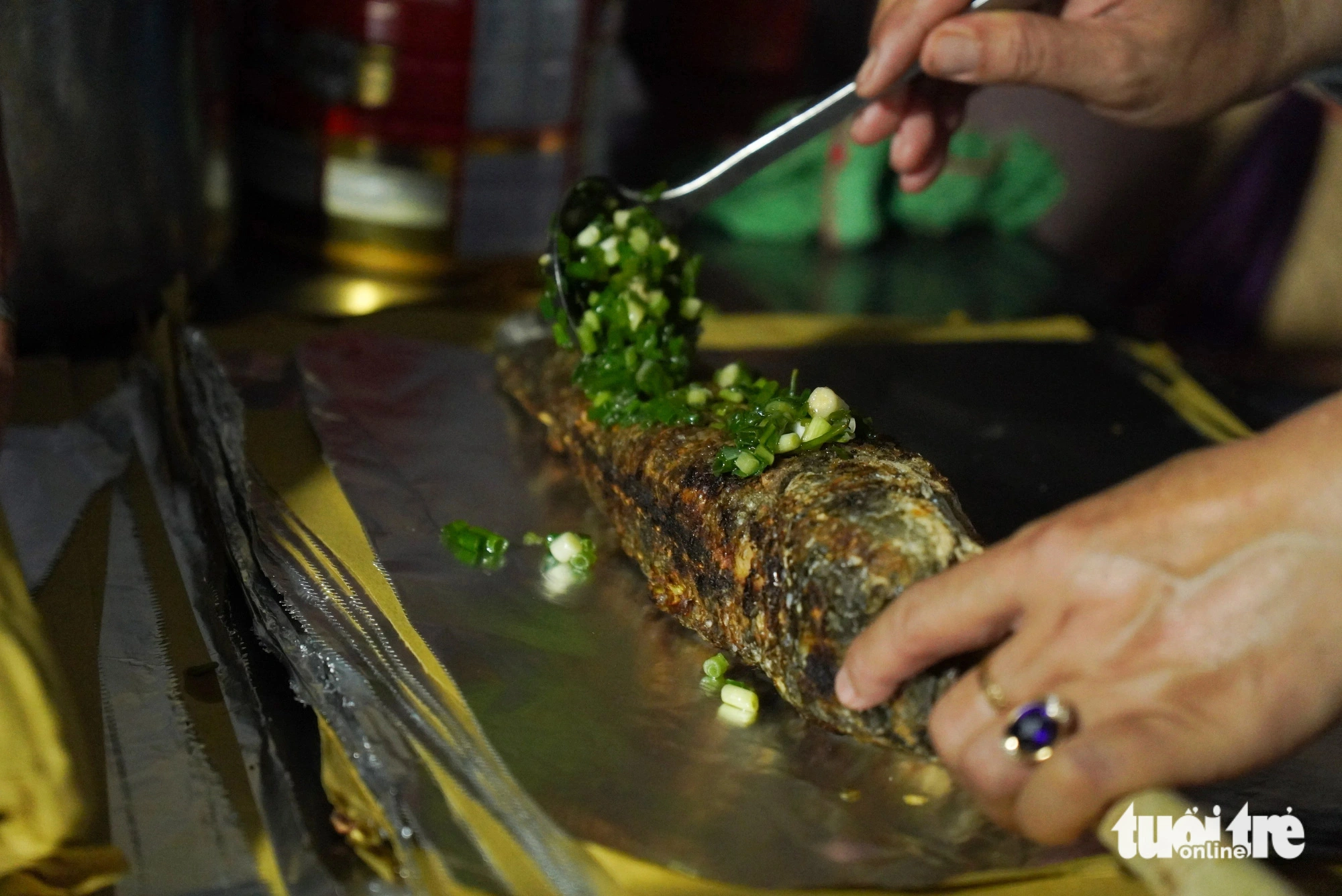




















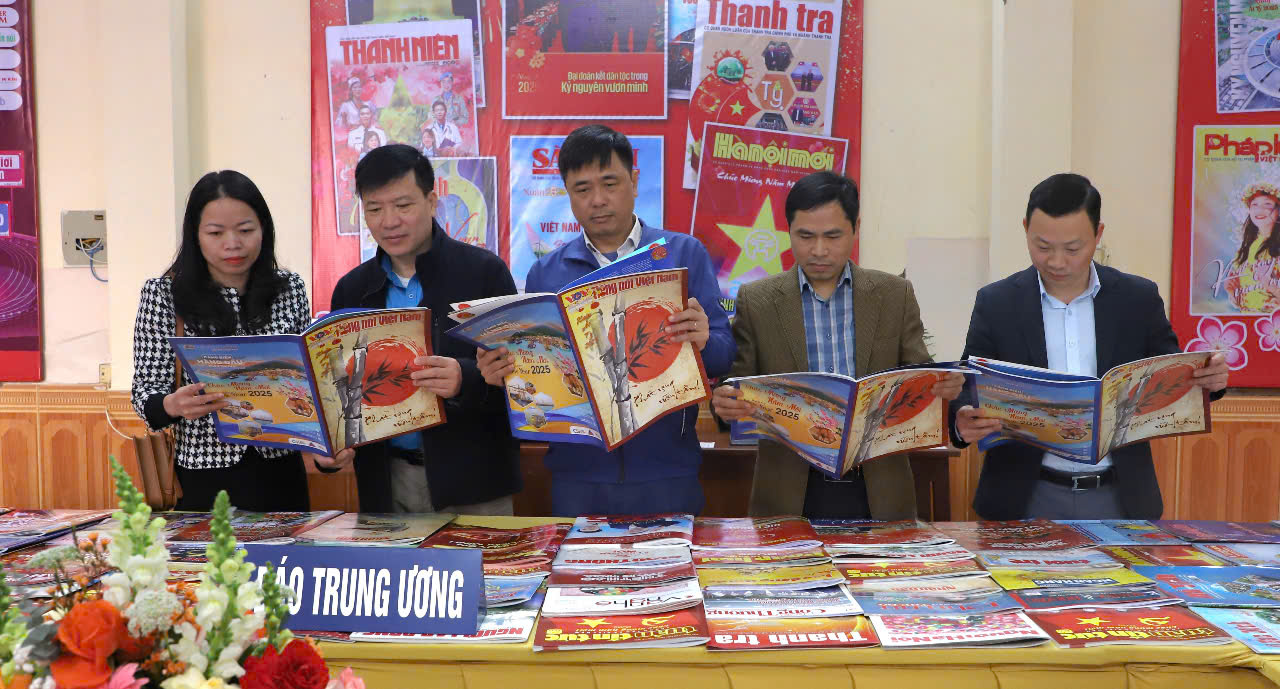

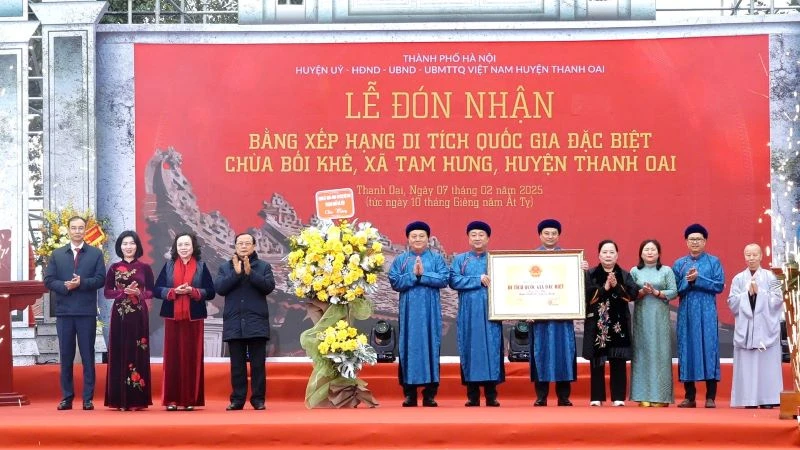
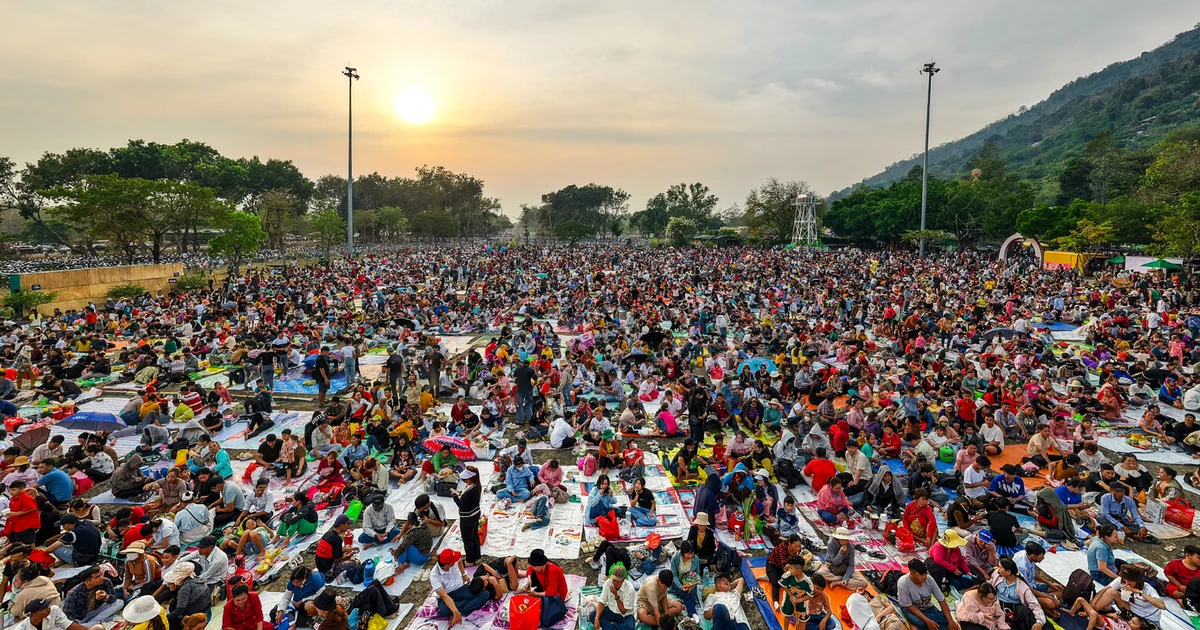


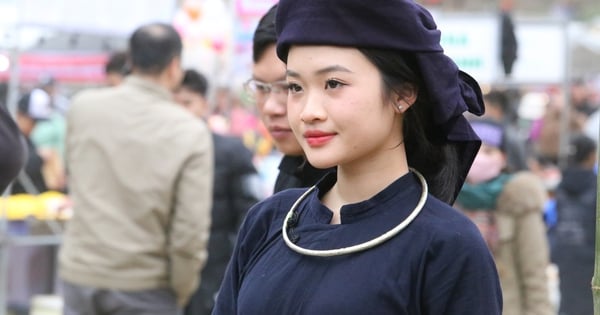

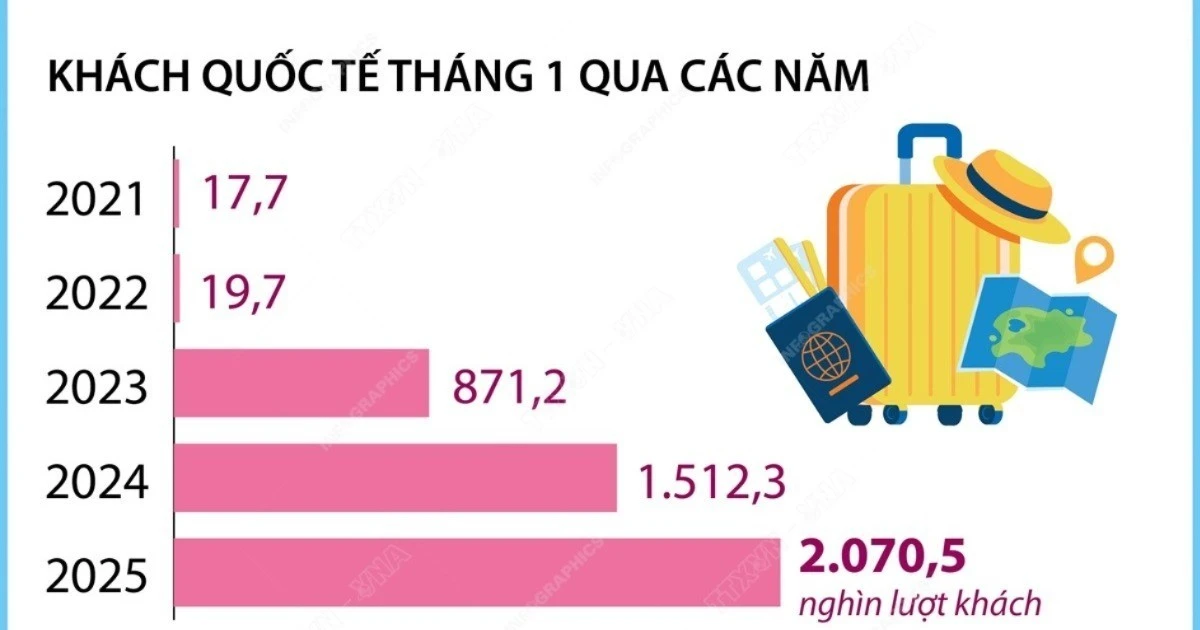
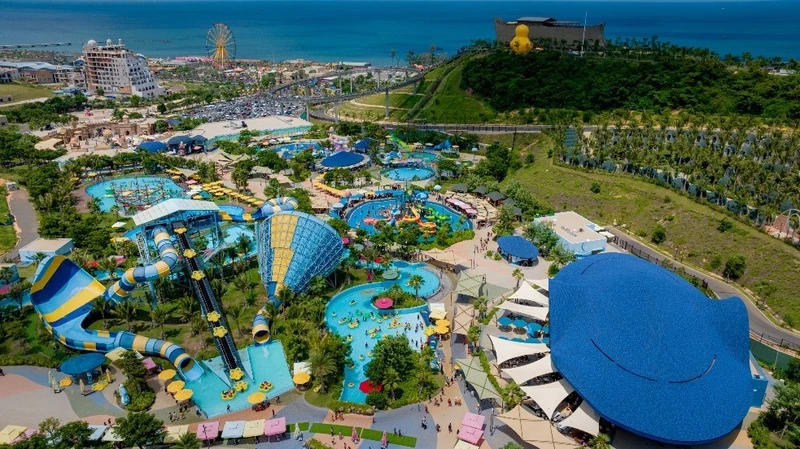
![[Photo] General Secretary To Lam chairs the handover conference of the work of the Chairman of the Central Inspection Commission](https://vstatic.vietnam.vn/vietnam/resource/IMAGE/2025/2/8/273b9583a13a43a18025d2b2861890d1)
![[Photo] Opening ceremony of the 9th Asian Winter Games in Harbin, China](https://vstatic.vietnam.vn/vietnam/resource/IMAGE/2025/2/7/29e47bd2949f4e0dab58a2f15c5b0d84)
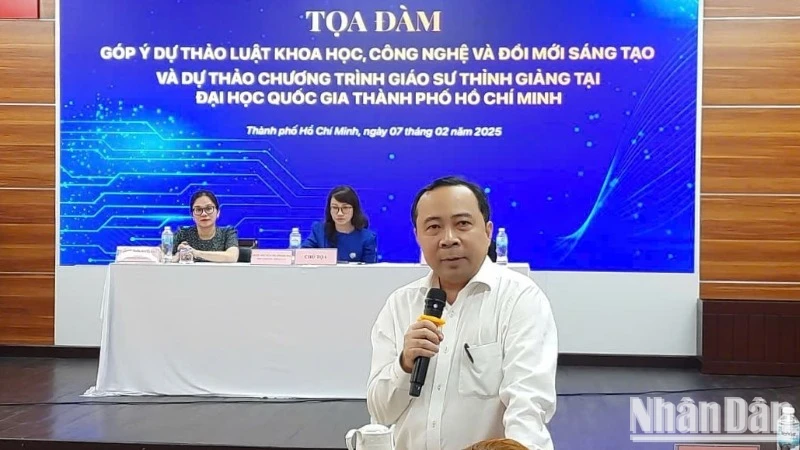

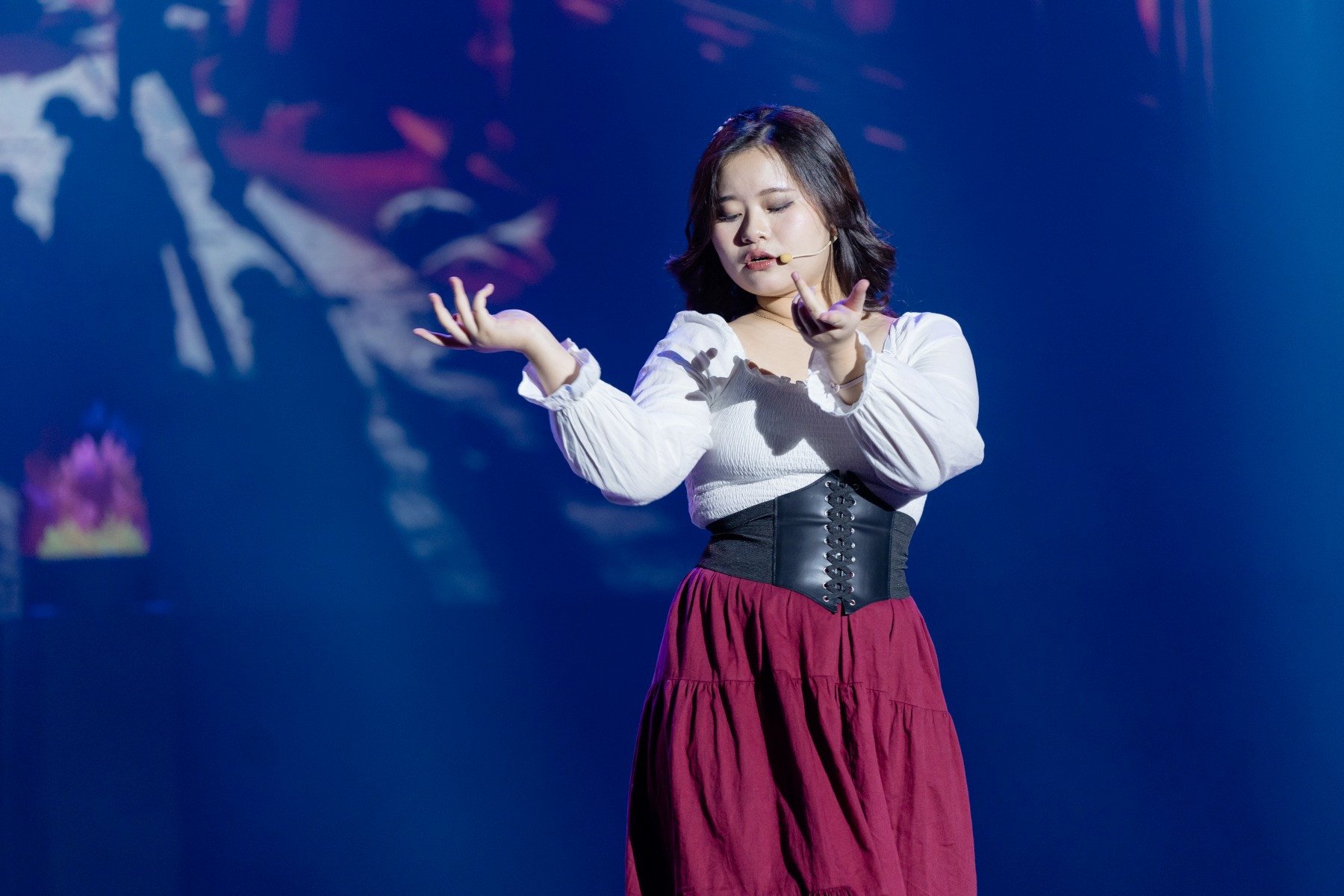

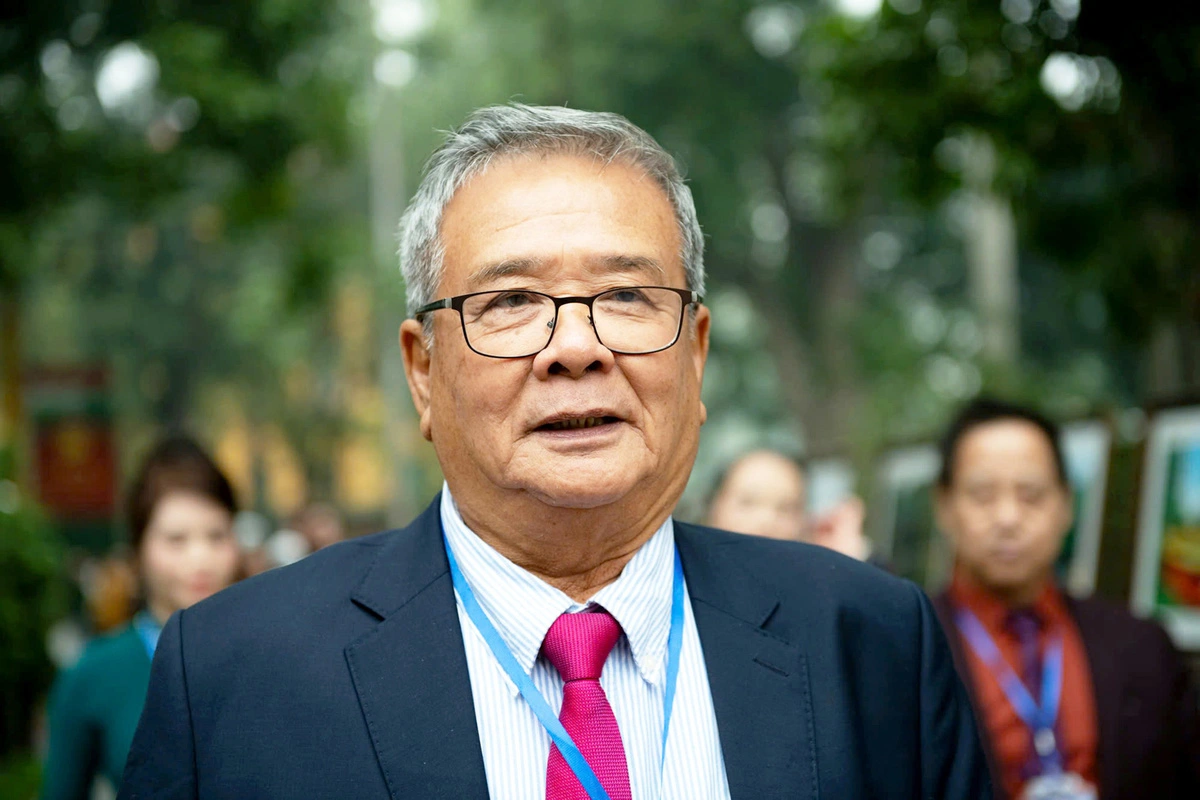

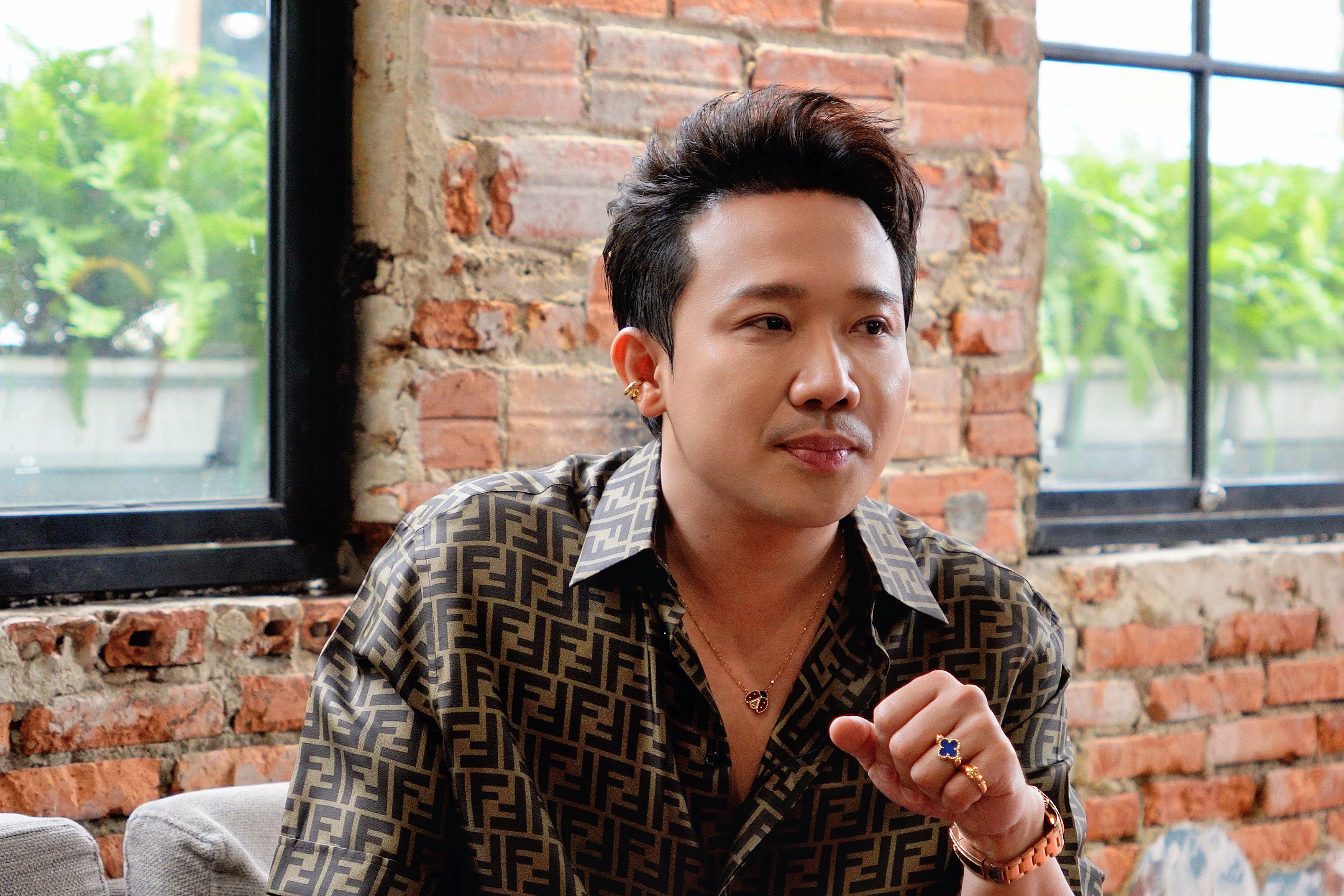



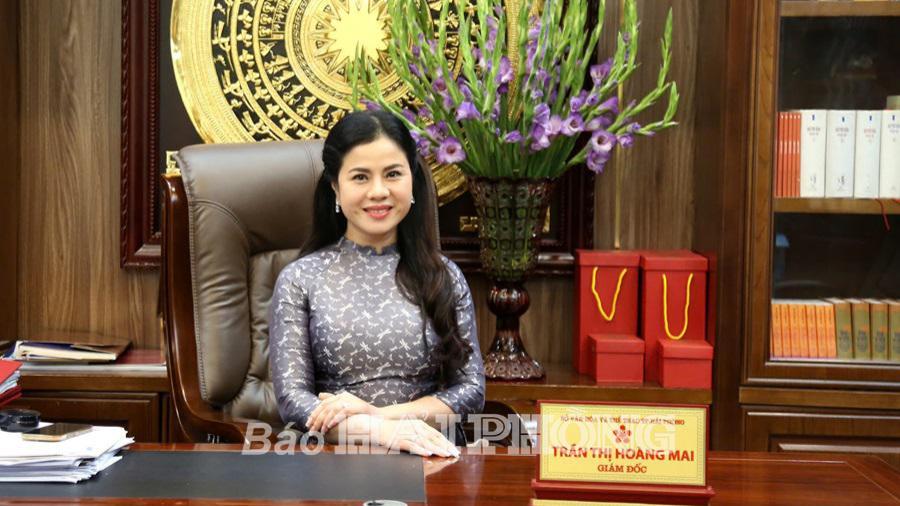

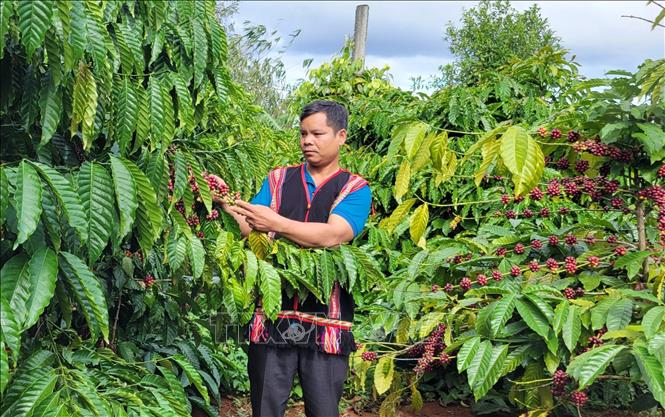





Comment (0)